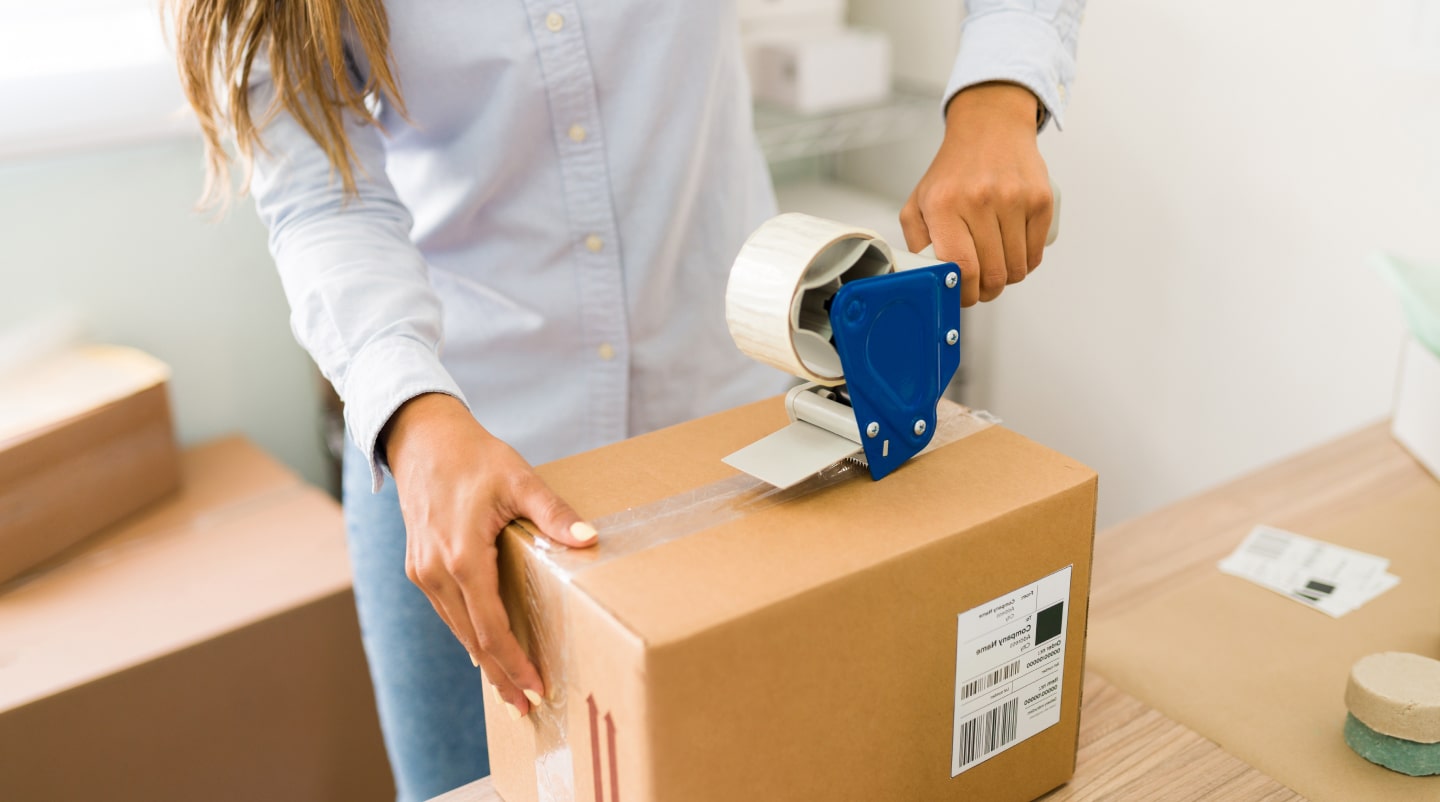Packing is one of the most difficult tasks you’ll face if you’re planning an interstate move. Moving your entire household belongings from one state to another can be overwhelming, but it doesn’t have to be stressful with the right tips and strategies. We’ll cover everything you need to know about packing for an interstate move, including packing tips, hacks, and a comprehensive packing checklist, in this article.
Start Early
The key to a smooth interstate move is to begin packing as soon as possible. Allow yourself enough time to go through your belongings, donate or sell what you don’t need, and carefully pack everything. The more time you have, the less stressful moving day will be.
Declutter and Organize
Take the time to declutter and organize your belongings before you begin packing. Go through each room and decide what to keep, donate or sell, and throw out. Sort your belongings into categories like clothing, kitchen supplies, books, and electronics, and label each box accordingly.
Create a Packing Plan
Create a packing plan that works for you. Decide whether you want to pack room by room or by category, and make a schedule for each day. Set achievable goals, such as packing one room per day, and stick to your plan.
Get the Right Supplies
Invest in high-quality packing materials to keep your belongings safe during the move. Boxes, packing tape, bubble wrap, packing paper, and markers are required. Consider renting plastic moving boxes, which are more environmentally friendly and long-lasting than cardboard boxes. Learn about interstate moving companies

Pack for Interstate Moving
Pack Smartly
Use the proper packing techniques to maximize space and protect your belongings. Pack fragile items in sturdy boxes and wrap them in bubble wrap or packing paper. To prevent items from shifting during transport, fill empty spaces with packing peanuts or towels.
Pack a Moving Essentials Box
Pack a box with all the essentials you’ll need on moving day, such as toiletries, clothes, and important documents. Keep this box with you in the car or on the plane, so you have easy access to your belongings when you arrive at your new home.
Label Boxes Clearly
Label each box clearly with the contents and the room it belongs in. Use a color-coded system to make it easier for movers to identify which boxes go where. This will save you time and hassle when unpacking.
Disassemble Large Items
Disassemble large items, such as beds, desks, and bookcases, before packing them. Keep all the hardware and screws in a labeled bag, and tape it to the item. This will make it easier to reassemble everything in your new home.
Pack Heavy Items on the Bottom
When packing boxes, put the heaviest items on the bottom and the lighter items on top. This will prevent the boxes from becoming top-heavy and tipping over during transport.
Consider Hiring Professional Packers
If you are pressed for time or are unsure of your packing abilities, consider hiring professional packers. They’ll handle everything for you, from packing to unpacking, and make sure your belongings arrive in perfect condition at your new home.
Pack Your Electronics Properly
When packing electronics, use the original packaging if possible. If not, wrap them in bubble wrap and pack them in sturdy boxes. Label each box clearly with the contents and the room it belongs in.
Take Inventory of Your Belongings (continued)
…keep track of what you’re moving and ensure that everything arrives safely. You can also use this list to compare with the inventory list provided by your moving company.
Use Space Wisely
Maximize space by packing strategically. Pack small items in larger ones, such as socks inside shoes or small kitchen utensils inside pots. Use suitcases and duffel bags to pack clothes, blankets, and towels.
Secure Fragile Items
When packing fragile items, use extra caution. Wrap each item individually in bubble wrap or packing paper, and pack them in sturdy boxes. Label each box “fragile” and mark it as “up” to prevent them from being placed upside down during transport.
Pack Outdoor Gear Carefully
If you’re bringing outdoor gear, such as bicycles or kayaks, make sure to pack them carefully. Disassemble them if possible, and pack them in protective coverings. Use tie-downs or bungee cords to secure them in place.
Dispose of Hazardous Materials
Dispose of hazardous materials properly before you move. This includes things like propane tanks, cleaning chemicals, and paints. Check with your local waste management facility for disposal options.
Use the Right Size Boxes
Use boxes that are the right size for your belongings. Overpacking boxes can cause them to break or become too heavy to lift. Use smaller boxes for heavier items, and larger boxes for lighter ones.
Keep Important Documents with You
Keep important documents, such as passports, birth certificates, and medical records, with you during the move. Don’t pack them in boxes that will be transported in the moving truck.
Conclusion
Packing for an interstate move can be a difficult task, but with the right tips and strategies, it can be made easier and less stressful. Begin early, declutter and organize, make a packing list, gather the necessary supplies, and pack wisely. Label boxes clearly, disassemble large items, and, if necessary, consider hiring professional packers. You’ll be able to pack your belongings safely and efficiently for your long-distance move if you follow these tips.
FAQs












No Comments